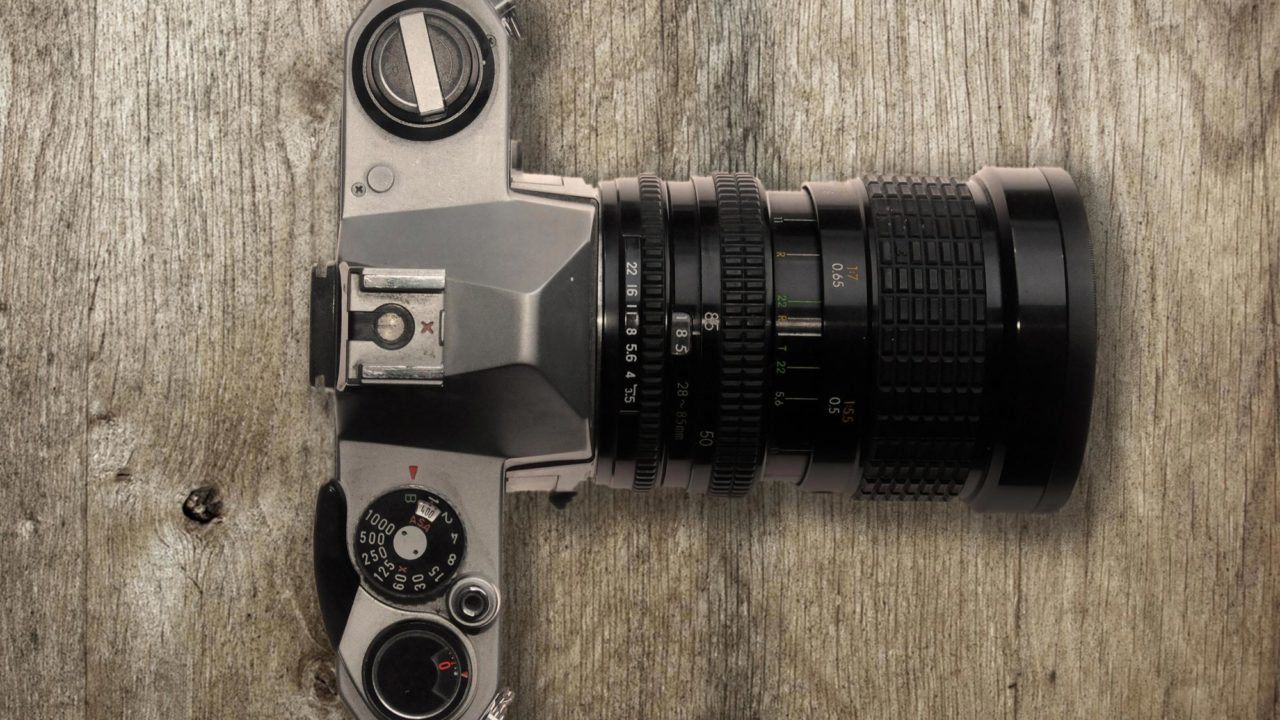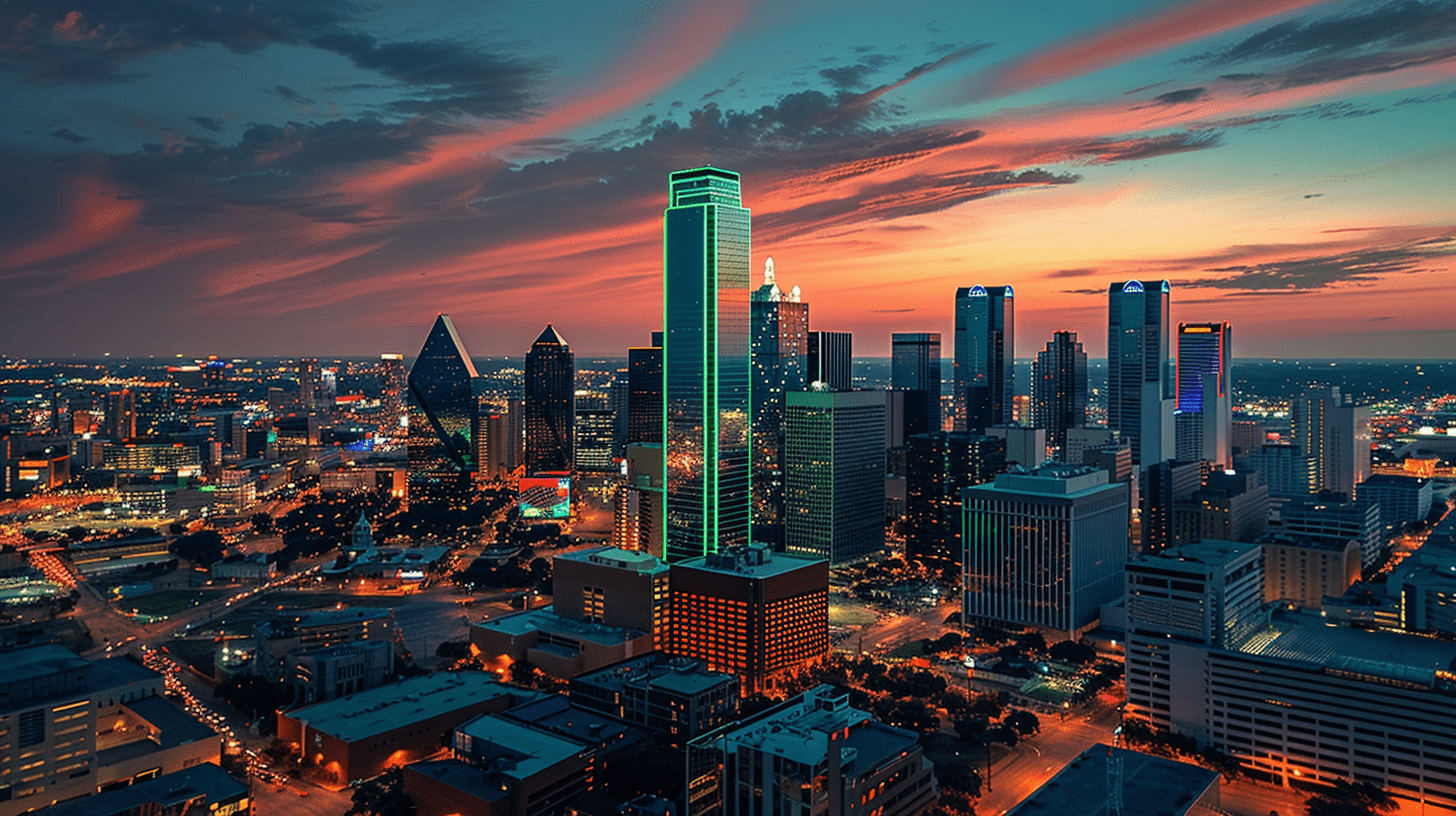Quality Video Production
Investing in quality video production is an asset to your company, here are some insights.

Professional Video – an Investment in Quality
Why do video productions usually have a high cost, and is it worth paying?
Any competent business manager these days will already be aware of the tremendous advantages offered by video. As a busy Dallas video production company, House of Sticks deals with corporate clients and PR agencies every day. The main reason cited by many first time customers for why they haven’t attempted getting into video before is that they’re concerned about the costs.
That’s certainly something we can understand, and it’s not surprising. A properly produced video won’t be cheap, but if there is one unquestionable truth in this world, it is that you don’t ever want to go to air with a cheap video. A well-worn cliché says that there’s no such thing as bad publicity, but unfortunately this is not true. You can seriously embarrass yourself with a low quality production, and nobody wants to see that happen, except maybe your competitors.
So let’s take a look at what goes into a typical professional video production and try to get an understanding of where those fees actually go. When you understand how everything works, it’s a lot easier to accept the cost of your investment – and it is an investment!
A properly produced video won’t be cheap, but you get what you pay for
Whatever you spend on quality video production is likely to come back to you many times over, due to the positive publicity that it generates for you. So here are some insights:
Quality Video Production
The Three Stages of Video Production
Every production involves three distinct phases, and they’re all vitally important to the success of the operation:
- Pre-Production: This is everything that happens before the shoot commences. During this phase, the script is developed, a budget is set, locations are scouted, the cast and crew are nominated, and various other administrative tasks are performed, such as securing any permits that may be required, and things like that.
- Production: This is where the action takes place. Depending on the size of the production and the length of the script, rehearsals may be necessary, sets may need to be constructed, lighting may need to be set up, and audio equipment may need to be placed. The actual filming is usually the easiest part of the production, although of course it’s also the most exciting part.
- Post-Production: The final phase usually takes place back in the studio. The director and editor examine the footage and decide how to assemble the various clips into a perfect narrative order.
Every production is unique. Some can be completed quickly and with minimal technical input, while others might be complex enough to require weeks to be spent on each phase. Fortunately a corporate video production usually fits into the first category. Now let’s take a closer look at what’s involved in each of those phases.
Script Development
Every good production is story-based, and that story starts with you. It comes from the answer to the question: What message do you want to convey? From there, it’s possible to create practically any kind of thing that you could imagine. Our team are experts in creating intelligent, story-driven scripts that capture the imagination of audiences and keep them watching. Writing a good script does take time, though. We may need to look at research and data, find out about the things that are going to be talked about and shown in the video, and then devise the best way to talk about and show those things. In developing the script, the writer has to also have at least some idea of the probable budget constraints, so they can develop something that meets the requirements without going over what the client can afford.
Setting the Budget
Once a draft script has been created, the financial experts have some basis upon which to calculate what it will cost to produce the eventual video. If their opinion is that the script couldn’t be turned into a video within reasonable limits, they’ll send it back for revision. With that taken care of, a budget can be properly set which takes into account all the costs of production.
Location Scouting
Often with corporate video, the entire production might be shot in a studio or at the client’s place of business, so this step isn’t always necessary. It’s often helpful, even when a video is produced for corporate purposes, to include extra scenery shots for cut-aways, fillers, and to help drive the story along. Our location scouts find the best places to suit the needs of the script. This is a more technical process than it may sound, because they need to consider not only the scene, but also things like ambient sound levels, available light, and the legal status of the location (some locations may require fees or permits, and may impose conditions on the production crew).
Casting
Who ends up appearing in the video depends on a lot of different factors, but we have a good list of local talent that we’re happy to work with, and we also consult with external casting agencies to help us find exactly the right people for the job.
Preliminary Consultation and Approval Process
Now that we have a script, a budget, locations, and a cast, we need to consult with the client and secure approval to proceed with the next phase of production. If you’re 100% happy with the concept that has been presented to you, we’ll go ahead and produce it. Otherwise you can tell us what changes you want, and we go back and revise everything until it’s exactly right.
Setting the Scene
For a simple outdoor shoot, it could be as simple as just turning up to the location and pointing the camera in the right direction. Otherwise there can be all kinds of things that need doing. Setting up the lights, cameras, and audio equipment is usually the main part of the task, though sometimes there may be a need to set up extra rigging or even do some light construction work. Incidentally, it is the cost of all this technology and equipment which is the main factor in driving up production costs, because it’s all extremely expensive, and often paid for by financing or even leasing. A single lens for a professional quality video camera can sell for more than $300k, and they’re quite delicate, sometimes needing to be replaced for even the most minor defect. Even though it costs a lot to have this high value professional equipment, it is easy to see the difference between video made with this and with something inferior. Of course, the quality of the equipment alone is not what determines the outcome. The skill of the camera operator is also very important, because even the best camera won’t give the best result if it isn’t used correctly.
Professionals get paid because they have the experience to make your project look better than you ever imagined
Production Days / Filming
It’s normal to shoot each scene from multiple angles to give the director some choice when putting all the cuts together. Sometimes having different angles available can really drive a video along, making it more dynamic and interesting to watch. This can be achieved using multiple cameras simultaneously, or by filming the scene more than once from different positions.
Editing and Rendering
This is the most time-consuming and difficult part of the entire production process. The director and editor work together sorting through all the footage and deciding how to splice it together in the right way to get the best result. In the old days, scenes had to be literally spliced together using film, but fortunately now that we have digital video, we can do it with special hardware and software that is designed for the purpose. Technicians may need to color-balance portions of the footage, and audio may need to be enhanced or resampled. Finally the raw footage is rendered into a single digital video file ready for adding to a website, distributing on a DVD, or broadcasting on television. What makes the most difference here is having the right technicians and editors to work on the post-production side. A good editor has the intuition to determine by “gut feeling” how to put the footage together to evoke the desired emotional response from the audience. None of the tiny details can be overlooked, as good video requires a meticulous approach at every step.
Why it All Matters
The Internet is littered with millions of videos, and people seem to enjoy viewing them, so why do we place all this emphasis on professionalism? It all comes down to one simple fact: First impressions count.
If the video representing you is not professional in every respect, then potential customers, business partners, or investors may start wondering what else about the way you do business is unprofessional. You don’t want folks thinking you’re all hat and no cattle. Also, when you have something that is truly good, it helps you to stand out a bit from the crowd and get noticed. In fact, a really great video gets people talking about you among themselves. That kind of result doesn’t usually happen by accident.
The Positive Effects
Video is by far the most important thing you can add to your marketing mix, because it has been demonstrated to be so effective in reaching audiences and influencing them. Apart from marketing, there are other applications for video, such as training or instruction, which permits people to see and understand a process visually, rather than trying to mentally construct it through written words and illustrations. You can test this through a simple experiment. Find the lyrics to a song you’ve never heard before, read through once and then write down as much as you can remember of the words. Then find the music video and watch that, and try the same thing. It’s a sure bet that you’ll find it easier to retain those words if you watch and hear somebody singing them than if you just read them from a page.
Television v Internet
Television and similar media have been studied extensively, and there’s decades of data to show their effectiveness. Internet video is a comparatively new and growing media type, and the data on that is still coming in. Current research does seem to suggest that Internet video is at least as powerful as traditional media and may be even more so, even though traditional TV still gets the most viewers. Comparing television to Internet video can be tricky because the metrics are measured in different ways. Television ratings are measured by the number of simultaneous views, while Internet video metrics are measured by the total views for all time. The Internet is an on-demand media source, while television is a continuously broadcasting media source. For example, Nielsen Ratings report that more than 71 million viewers tuned in to watch the 3rd Presidential Debate for 2016, and that is nearly one in five Americans. You’d have to be pleased with such a result. But then, the most ever viewed video on YouTube, Gangnam Style, pulled over 1.5 billion views, which is close to one in four people on the entire planet.
If you have the budget for television, you should use it, because it is proven to be effective on a regional level, but you should also consider Internet video because of its unique advantage of timelessness.
A possible reason for the success of online video is that people feel they have more control and choice about what they watch online. For content providers, of course, this consumer choice is a double-edged sword. It’s a big part of the the reason for why your content needs to be flawless, captivating, and capable of affecting the viewer in the right way emotionally and intellectually. The skill and artistry of the people who make the video is the most important factor in whether or not it is successful.
The House of Sticks Advantage
Our mission is a simple one: We must consistently be regarded as the best video production company in Dallas. We know what it takes to achieve that, and we have everything in place to make it happen.
[gap]
We work with experienced, knowledgeable professionals who have proven skill. We source the best talent, use the best equipment, and most importantly we listen to the needs of our clients, utilizing our extensive network of talent to meet those needs with precision.


